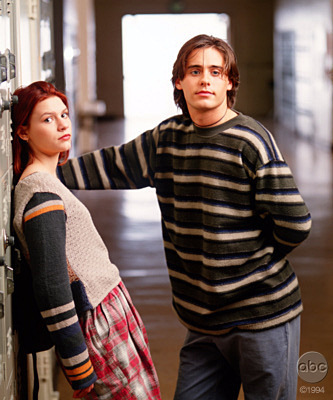Here's some slippery slope stuff from the people making robots with living brain cells and another on wiring insects with tiny surveillance equipment for espionage. On 27 September, the
New Scientist noted that scientists in Israel have created an artificial, digital brain, and implanted it in a rat (Thanks to -
C.):
Now Matti Mintz of Tel Aviv University in Israel and his colleagues have created a synthetic cerebellum which can receive sensory inputs from the brainstem - a region that acts as a conduit for neuronal information from the rest of the body. Their device can interpret these inputs, and send a signal to a different region of the brainstem that prompts motor neurons to execute the appropriate movement.
One of the functions of the cerebellum is to help coordinate and time movements. This, and the fact that it has a relatively straightforward neuronal architecture, make it a good region of the brain to synthesise. "We know its anatomy and some of its behaviours almost perfectly," says Mintz. The team analysed brainstem signals feeding into a real cerebellum and the output it generated in response. They then used this information to generate a synthetic version on a chip that sits outside the skull and is wired into the brain using electrodes.
To test the chip, they anaesthetised a rat and disabled its cerebellum before hooking up their synthetic version. They then tried to teach the anaesthetised animal a conditioned motor reflex - a blink - by combining an auditory tone with a puff of air on the eye, until the animal blinked on hearing the tone alone. They first tried this without the chip connected, and found the rat was unable to learn the motor reflex. But once the artificial cerebellum was connected, the rat behaved as a normal animal would, learning to connect the sound with the need to blink.
A 2008 report, also at the
New Scientist, hailed the new era of insect-driven espionage, undertaken by the US Government at
Defense Advanced Research Projects Agency (DARPA), which operates under the simple motto:
Creating and Preventing Strategic Surprise. The report, reproduced at
Xenophilia via the
Daily Mail, states:
Such mechanised animals, or cyborgs, have many advantages over robots. Sharks, moths and rats, for example, have an amazing sense of smell that allows them to detect the faintest traces of chemicals.
And if you can hide the controls within the creature’s body, it would be virtually indistinguishable from any other animal – and so the perfect spy. Chief among the cyborg inventors is the U.S. military, with its research bureau ploughing money into projects from remote-controlled rats to battery-operated beetles.
Trained to sniff out particular scents, such as human bodies or explosives, the rats’ movements are controlled by electrodes implanted in their brains. Video camera backpacks transmit images of their mission back to the spymaster. Although the U.S. has stopped funding the rat research, the Israeli government is keen to use the creatures to search for survivors of explosions.
While rats might be big enough to carry video cameras and other paraphernalia, their size makes it difficult for them to blend into the background.
With this in mind, the U.S. Defense Advanced Research Projects Agency has switched its focus to insects such as moths and beetles. In an attempt to make the insects as inconspicuous as possible, miniaturised brain probes are inserted during the pupa stage.
The idea is the ultra-light implants will naturally integrate into the body of the developing insect.
DARPA’s ultimate aim is to create cyborg insects that can fly more than 300 feet to their target and then stay put until commanded to buzz off again.

From a
New Scientist report, also from 2008, on a robot controlled by rat brain cells:
AFTER buttoning up a lab coat, snapping on surgical gloves and spraying them with alcohol, I am deemed sanitary enough to view a robot's control system up close. Without such precautions, any fungal spores on my skin could infect it. "We've had that happen. They just stop working and die off," says Mark Hammond, the system's creator. This is no ordinary robot control system - a plain old microchip connected to a circuit board. Instead, the controller nestles inside a small pot containing a pink broth of nutrients and antibiotics. Inside that pot, some 300,000 rat neurons have made - and continue to make - connections with each other. As they do so, the disembodied neurons are communicating, sending electrical signals to one another just as they do in a living creature.































